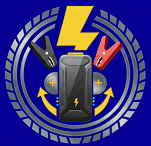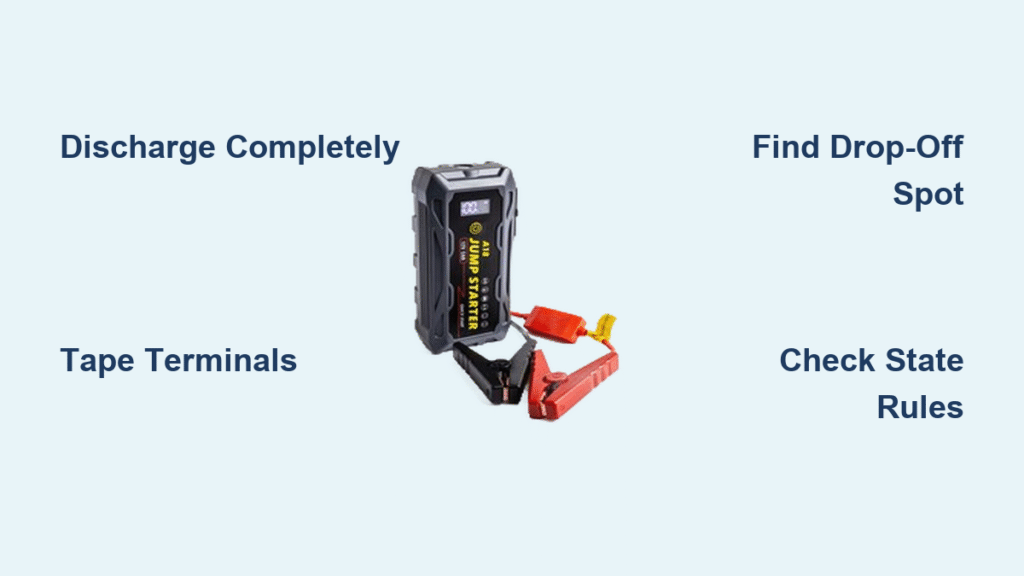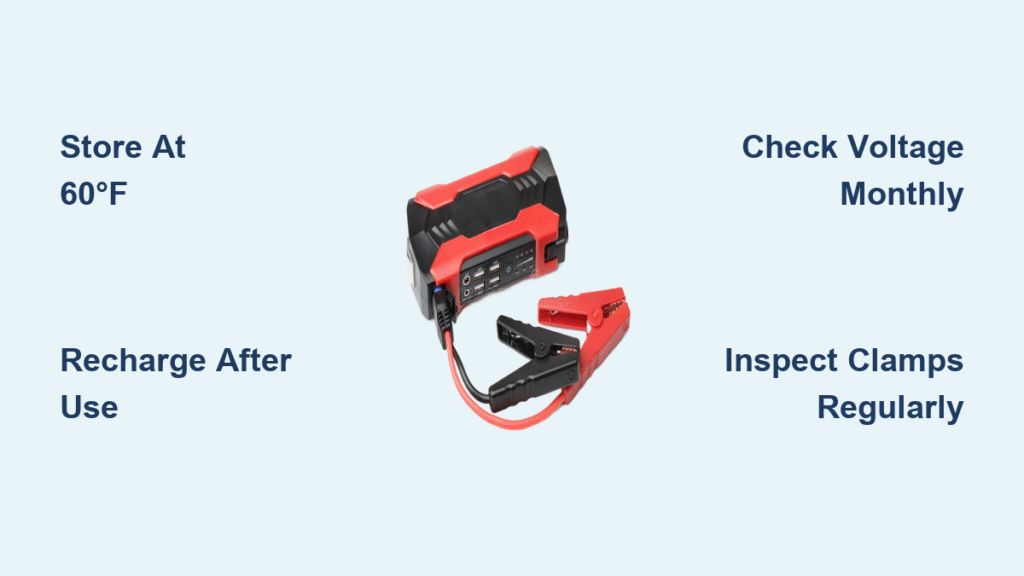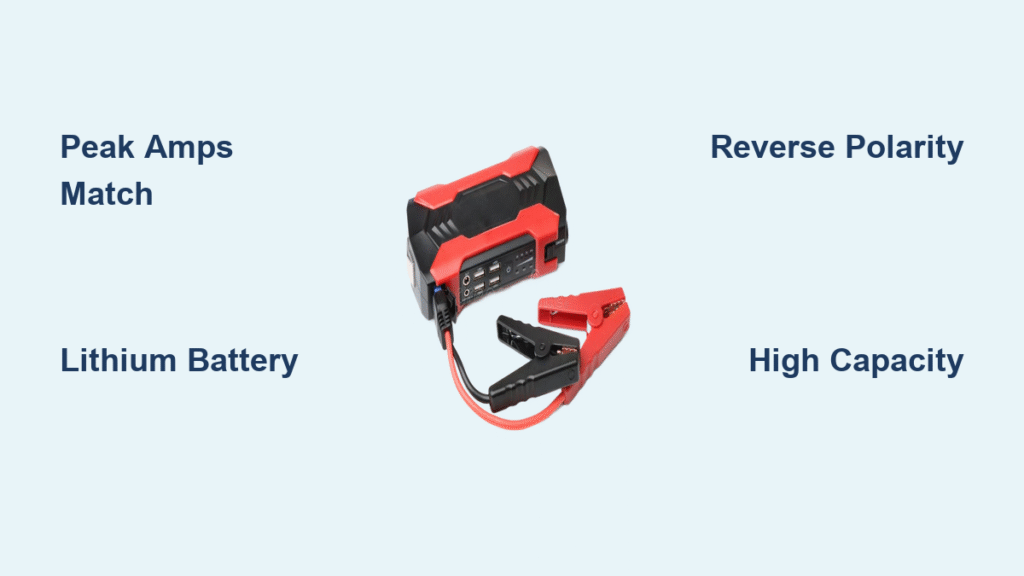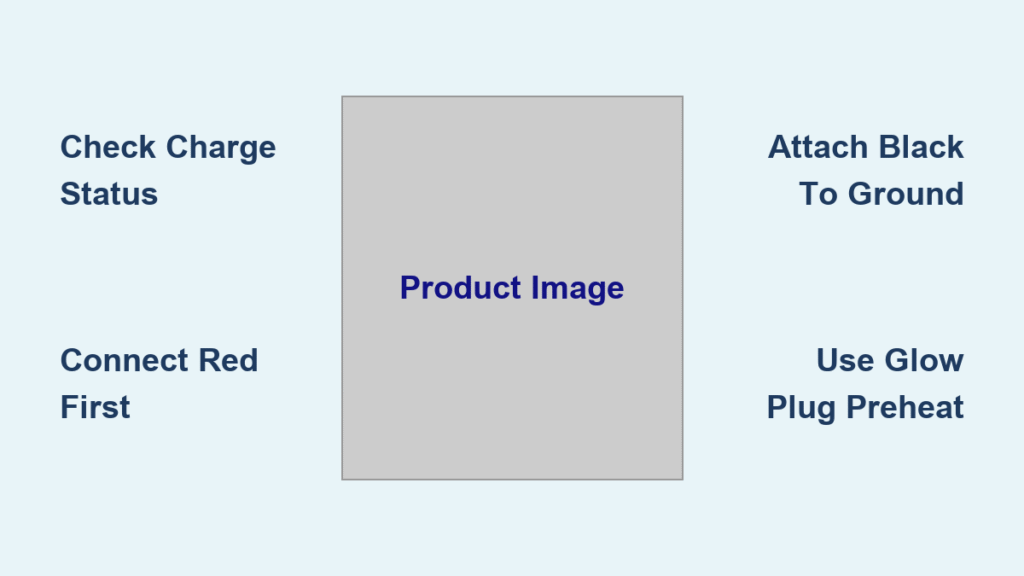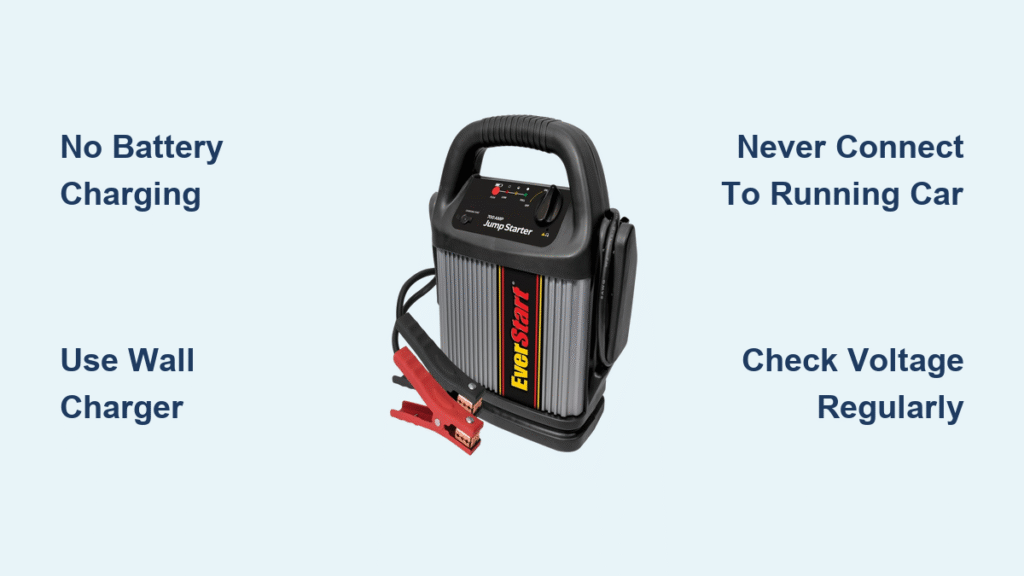That dead jump starter gathering dust in your garage isn’t just useless—it’s potentially dangerous. Lithium-ion batteries inside these devices can’t go in regular trash, and tossing them risks fires at waste facilities while violating laws in most states. The good news? Recycling your battery jump starter takes less effort than changing a tire, with free drop-off locations nationwide and mail-back options that handle all the safety concerns for you. This guide reveals exactly how to recycle any jump starter unit while protecting yourself, your community, and the environment from hazardous waste.
Identify Your Jump Starter Battery Type Before Recycling
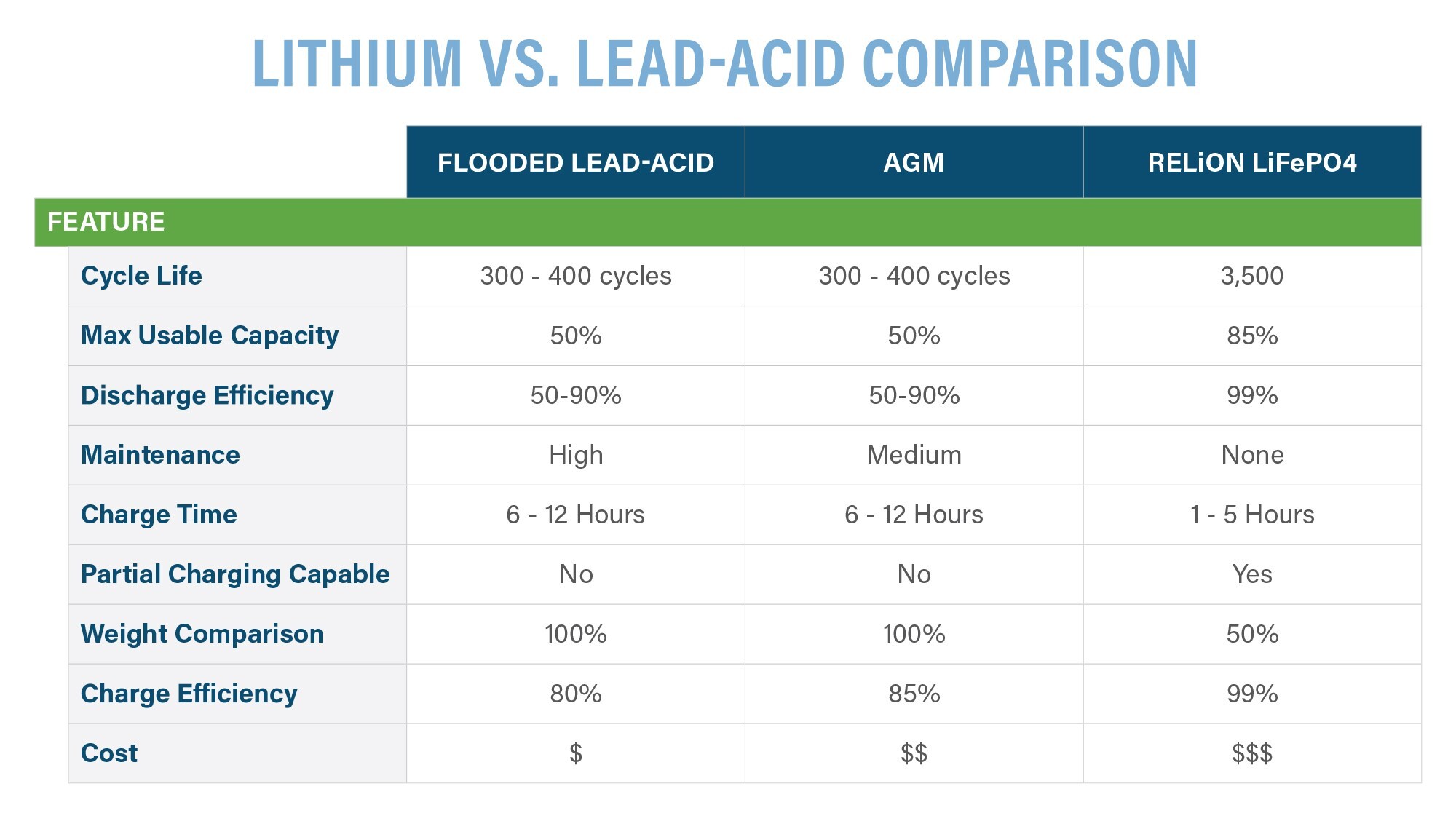
Spotting Lithium-Ion vs. Lead-Acid Batteries in Minutes
Most consumer jump starters manufactured after 2015 contain lithium-ion batteries, while older or commercial models often use lead-acid technology. Check your device label for “Li-ion,” “Lithium,” “SLA,” or “Lead-acid” indicators—this simple identification determines your entire recycling path. Lithium-ion models typically weigh under 2 pounds with compact designs, while lead-acid units feel noticeably heavier with traditional battery casing.
Pro tip: When in doubt, lithium-ion dominates the consumer market. If your jump starter fits in a glove compartment and charges via USB, it almost certainly contains a lithium-ion battery pack requiring specialized recycling.
Why Battery Type Determines Your Recycling Path
Lithium-ion jump starters demand thermal processing facilities to safely recover valuable metals like cobalt and nickel, while lead-acid units follow different recycling streams with mandatory core credit systems. Mixing these types at drop-off locations causes processing delays and safety risks—knowing your battery type prevents these issues and ensures proper material recovery.
Critical distinction: Lithium-ion recycling focuses on fire prevention during transport, while lead-acid programs emphasize acid neutralization and lead recovery. Using the wrong recycling path wastes resources and creates environmental hazards.
Free Drop-Off Locations for Jump Starter Recycling
Call2Recycle Network: 25,000+ Free Drop-Off Sites
The Call2Recycle program operates North America’s largest battery recycling network with thousands of convenient locations. Visit call2recycle.org/locator, enter your ZIP code, and find participating stores within minutes. The Home Depot accepts all rechargeable batteries at every location, while Lowe’s and uBreakiFix take entire jump starter units along with loose batteries.
What to bring: Pack your jump starter in its original box or wrap terminals with electrical tape. Most locations accept devices regardless of brand or condition—damaged units go in special DDR (Damaged/Defective/Recalled) containers.
Batteries Plus: One-Stop Recycling for All Battery Types
Batteries Plus stores accept both lithium-ion and lead-acid jump starter batteries regardless of size. Their locations provide specialized containers that prevent short circuits during processing. Call ahead to confirm services—some stores offer immediate recycling while others require brief appointments for larger units.
Business advantage: Commercial accounts receive volume discounts and scheduled pickups. A fleet manager recycling 20 jump starters saves 30% compared to individual drop-offs while receiving EPA-compliant documentation.
Critical Safety Steps Before Recycling Your Jump Starter
Complete Discharge: Eliminating Fire Risks
Press your jump starter’s power button repeatedly until no lights remain—this complete discharge prevents thermal runaway during transport. Lithium-ion batteries with residual charge can ignite if terminals contact metal objects, making this step non-negotiable for safe recycling.
Warning: Never attempt to remove swollen or leaking batteries. Place damaged units in separate plastic bags and label them “defective” for special DDR handling at drop-off locations.
Terminal Protection: Preventing Dangerous Short Circuits
Cover both positive and negative terminals with heavy-duty electrical tape, wrapping completely around the connection points. For jump starters with exposed battery packs, place each unit in individual plastic bags before transport. This simple step prevents accidental contact with keys, coins, or other metal objects that could trigger dangerous short circuits.
Transport checklist: Store devices in cool, dry places away from direct sunlight. Never transport lithium-ion jump starters in vehicle trunks during summer months when temperatures exceed 120°F.
State-Specific Jump Starter Recycling Rules You Must Know

California’s Strict Hazardous Waste Regulations
California classifies all batteries as hazardous waste, making improper disposal illegal with fines up to $5,000. You must use authorized recyclers like Call2Recycle locations or household hazardous waste facilities—tossing batteries in trash bins violates state law regardless of size.
Local solution: Many California counties offer monthly collection events where residents recycle jump starters alongside other electronics. Check your municipal website for upcoming dates—most events require no appointments.
New York’s Special Handling for Damaged Batteries
New York participates in Call2Recycle’s DDR program with special containers for compromised batteries. Damaged jump starters require immediate attention—never store them long-term. Participating retailers like The Home Depot accept these units with no questions asked, using fire-resistant bins that isolate potential hazards.
Pro tip: If your jump starter shows swelling, discoloration, or chemical residue, contact the retailer before visiting. Staff will prepare special handling procedures to ensure safety.
Step-by-Step Jump Starter Recycling Instructions
Consumer Portable Jump Starters: 3-Step Recycling Process
Step 1: Determine if your battery is removable by checking manufacturer instructions. Many units require recycling as complete devices.
Step 2: Prepare for transport using safety guidelines—discharge completely and tape terminals.
Step 3: Locate the nearest Call2Recycle site via their online locator. Drop off during business hours with no fees or paperwork.
Time estimate: This process takes under 15 minutes from preparation to completion—less time than waiting for roadside assistance.
Vehicle-Mounted Jump Starters: Lead-Acid vs. Lithium-Ion Paths

Lead-acid units: Disconnect the negative terminal first, remove mounting brackets, and return to any auto parts store. You’ll typically receive a $5-15 core credit toward a replacement.
Lithium-ion models: Follow the same safety preparation steps as portable units, then visit Batteries Plus or Call2Recycle locations. These larger units often require appointments—call ahead to confirm availability.
Expert note: Vehicle-mounted lithium-ion jump starters contain higher-capacity batteries (18,000mAh+) that need specialized handling. Don’t attempt to disassemble these units—recycle them whole.
Verify Your Jump Starter Was Properly Recycled
Tracking Systems for Mail-Back Programs
Call2Recycle mail-back kits include tracking numbers that show your package’s journey from shipment to processing. Most programs send email confirmations when your jump starter enters the recycling stream, with final certificates available online within 30 days.
Peace of mind: Business accounts receive detailed reports showing exact recycling dates, facility locations, and recovered materials—essential for sustainability reporting and regulatory compliance.
Business Compliance Records You Should Keep
Commercial recyclers must maintain documentation for EPA compliance audits. Request certificates of recycling that include:
– EPA identification numbers
– Hazardous waste manifest numbers
– Detailed material recovery reports
– Facility processing certifications
Storage requirement: Keep these records for minimum three years. Digital copies stored in cloud systems prevent loss during office moves or disasters.
Immediate Action Plan for Jump Starter Recycling
Don’t let that dead device become an environmental hazard. Visit call2recycle.org/locator right now to find your nearest drop-off location—most people discover a recycling site within 5 miles of home. Safely prepare your jump starter using the terminal protection steps outlined above, then complete recycling within 30 days to avoid storage complications. Your properly recycled battery contributes to a circular economy while preventing toxic materials from contaminating landfills. Remember: recycling one jump starter recovers enough lithium to power a smartphone for 200+ charges—making your small effort part of a massive environmental solution.
